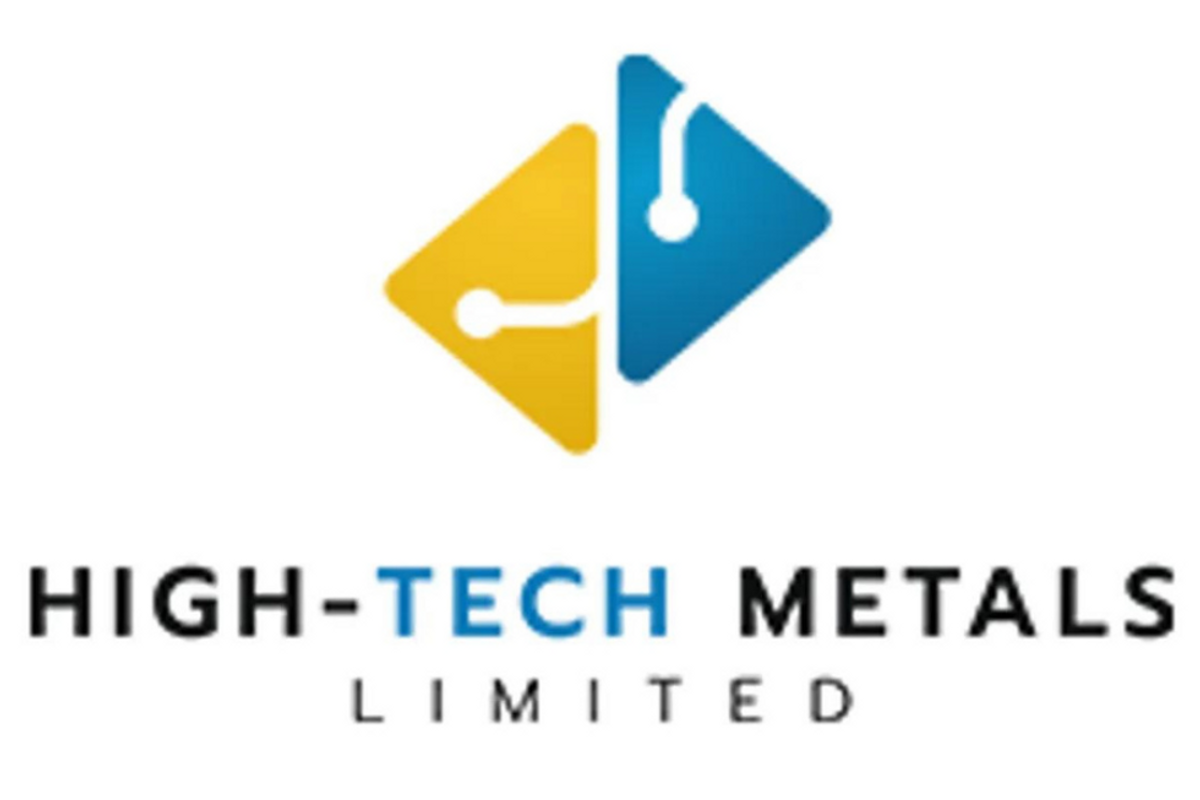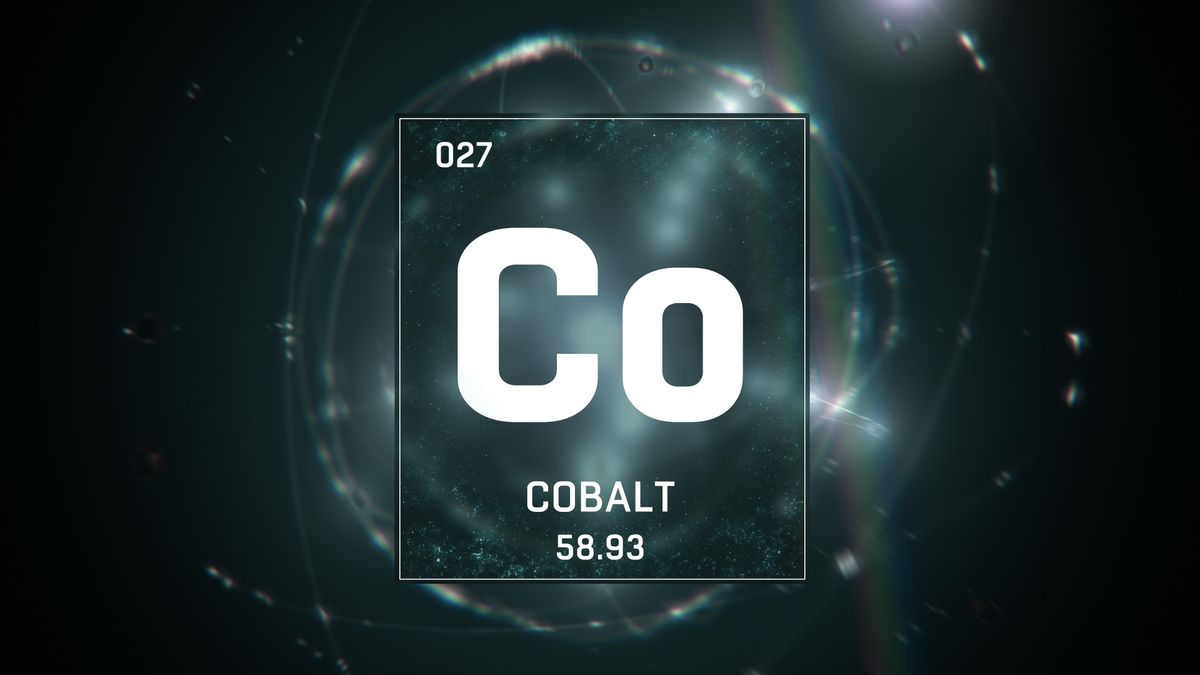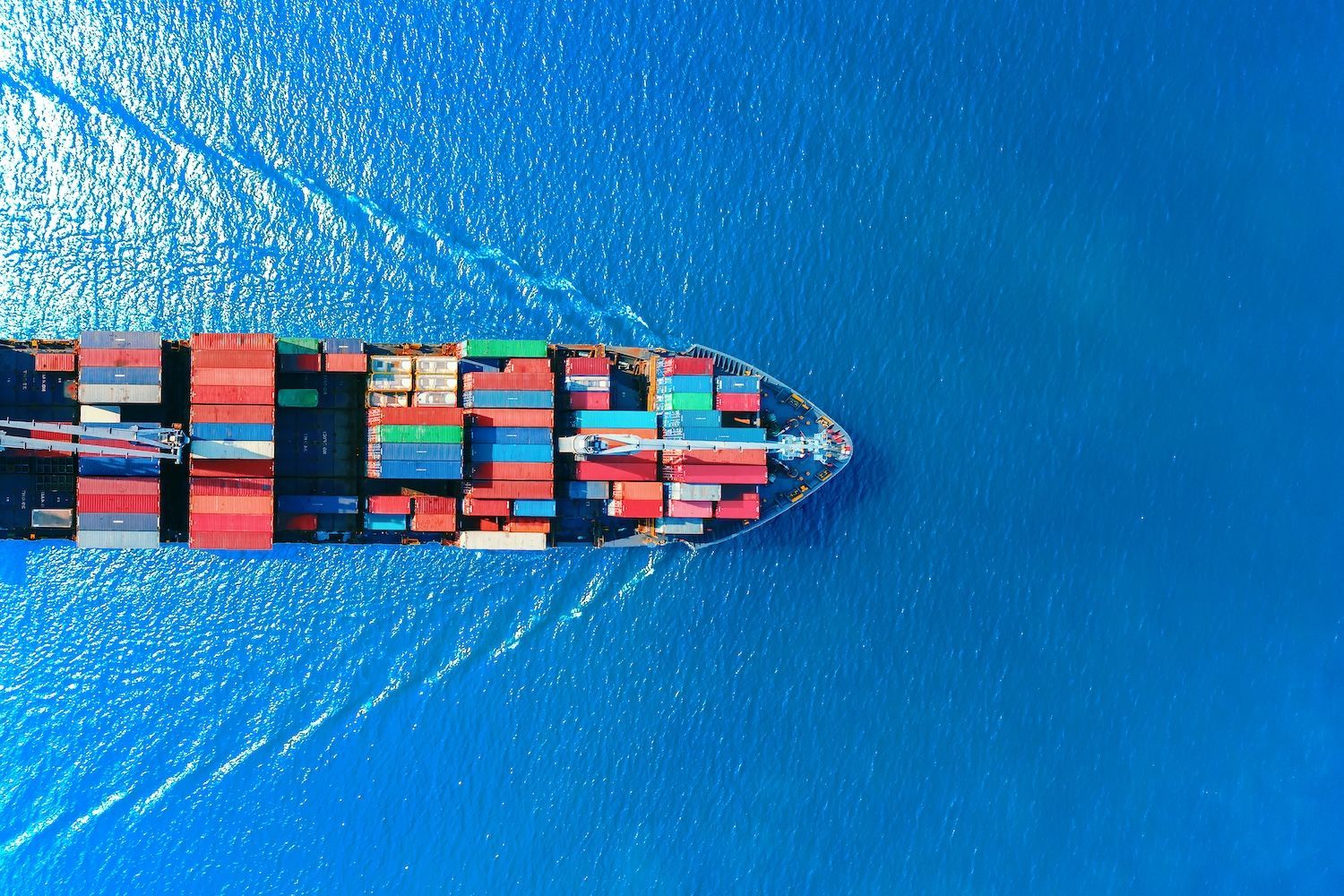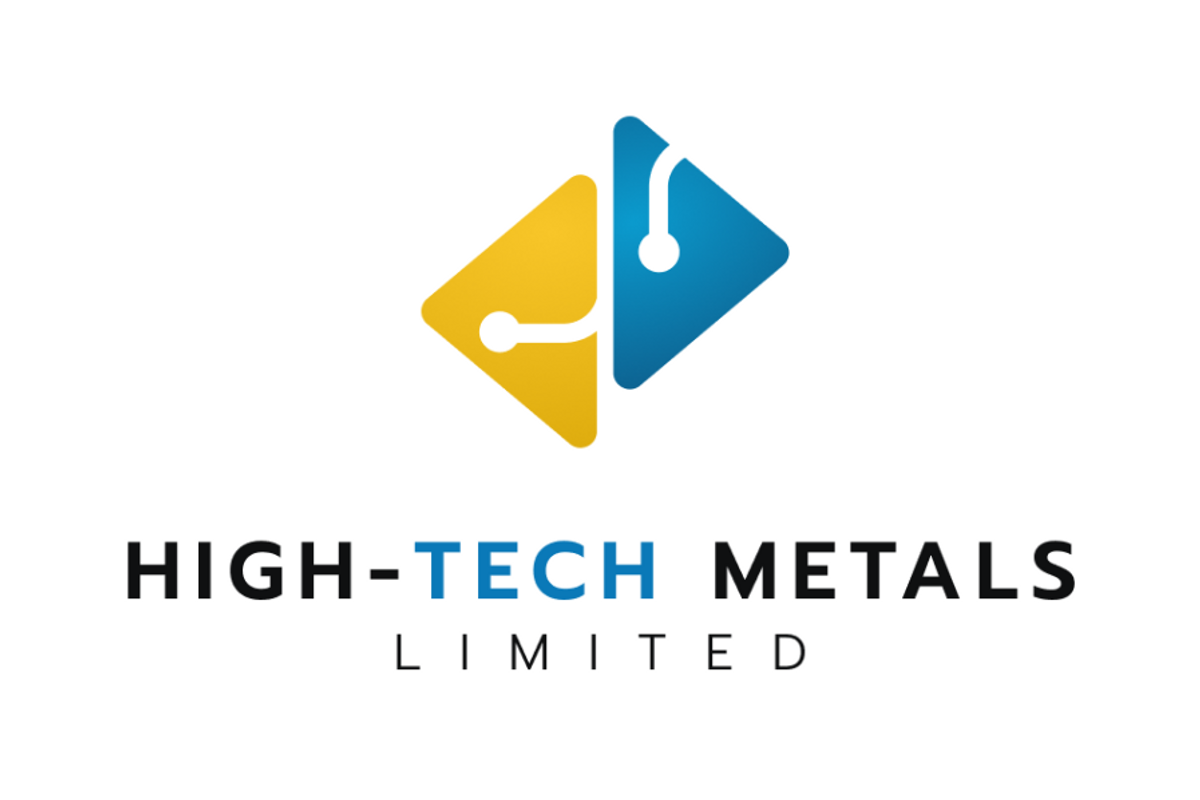
- NORTH AMERICA EDITIONAustraliaNorth AmericaWorld
September 05, 2023
High-Tech Metals Limited (ASX: HTM) (High-Tech, HTM or the Company) is pleased to announce it has entered into an agreement to acquire the Norpax Deposit (Norpax) and acquired an option to purchase the Reynar Lake Project (Reynar Lake) (Together, the Projects) which are both located in Ontario, Canada. The Projects are directly west and adjoin the Company’s existing project, Werner Lake Project (Werner Lake, or the Project), located in northwestern Ontario.
HIGHLIGHTS
The Company has significantly increased its exposure to nickel sulphides and copper through the following acquisition and option agreement:
Norpax Nickel Sulphide Deposit:
- A historical non-JORC compliant resource of 1,010,000 tonnes 1.2% Ni and 0.5% Cu1.*
*The historical estimates are not reported in accordance with the JORC codes. A competent person has not done sufficient work to classify the historical estimates as a mineral resource in accordance with JORC Code. It is uncertain that following further exploration work that the historical estimates will be able to be reported as mineral resources within the JORC Code. - The deposit lies ~1 km west of HTM’s existing project, Werner Lake, and along the Werner Lake Belt.
- The Norpax nickel mineralisation sits on a known mineralised fault zone, the regional scale Werner-Gordon-Rex lake fault which extends from Rayner Lake in the west, passing under Almo Lake, east through the Werner Lake Co and Gordon Lake Cu-Ni deposits to Rex Lake.
- Mineralised peridotite is known to host many significant nickel deposits such as companies Mincor Resources Ltd in Kambalda and also Azure Minerals Ltd (ASX:AZS) Andover project’s ultramafic zone, which is in part peridotite.**
- The area has a rich history in nickel sulphide mines with the old Gordon Lake Mine located 3.5 km to the East of Werner Lake, which produced 1,370,285 tons averaging 0.92% Ni and 0.47% Cu and has existing reserves of 170,420 tonnes averaging 0.85% Ni and 0.35% Cu2.
Reynar Lake Ni-Cu-Co Project:
- Reynar Lake project immediately adjoins HTM’s Werner Lake Project.
- The ground is highly prospective for Ni, Cu and Co and should the option be exercised, it will provide HTM with additional landholding to potentially increase its cobalt resource and explore for additional nickel sulphide mineralisation.
The Company plans to build on the recent exploration success at Werner Lake by immediately begin planning exploration on the newly acquired Projects.
The acquisition of the Projects increases HTM’s landholding in the Werner Lake Area and the Company’s exposure to battery metals such as copper, cobalt, and nickel.
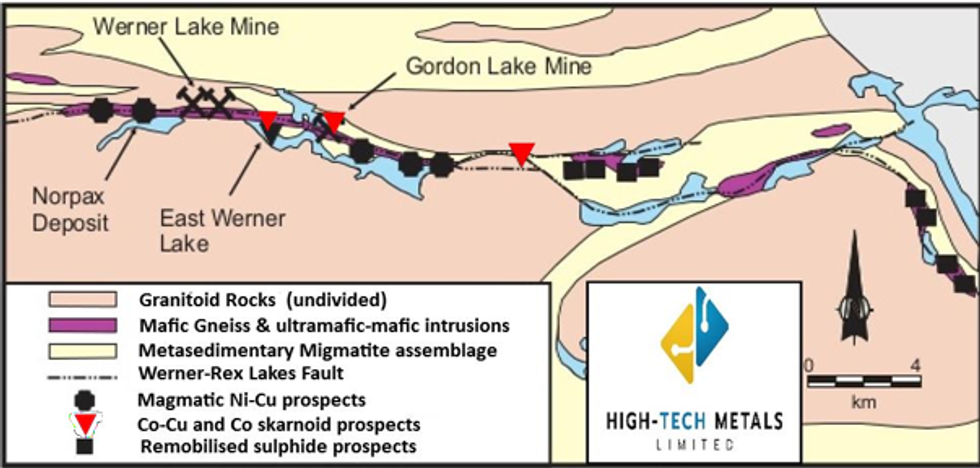
Sonu Cheema, Executive Director commented:
"We are excited by the acquisition of Norpax and the option over Reynar Lake with the potential for a nickel discovery in a historic nickel producing province of Canada. Not only do the acquisitions increase our exposure to nickel, but it also increases the Company’s land holding substantially making High-Tech one of the largest land holders in the area.
“As the Projects lay in the area of Werner Lake, the Company’s geological team are familiar with the geological setting. This has been recently proven by the Company’s discovery of high-grade samples of nickel sulphide (that exceeded assay detection limits) in the Werner Lake Project.
“The Company plans to utilise its expertise in the area by undertaking a review of all available geological data, performing a systematic geochemical sampling program of known mineral occurrences on the projects in conjunction with reconnaissance geological mapping and relog and assay all known and available core.”
Click here for the full ASX Release
This article includes content from High-Tech Metals, licensed for the purpose of publishing on Investing News Australia. This article does not constitute financial product advice. It is your responsibility to perform proper due diligence before acting upon any information provided here. Please refer to our full disclaimer here.
HTM:AU
The Conversation (0)
08 November 2023
High-Tech Metals
Capitalizing on Exploration Upside Potential of a Historic Cobalt Project
Capitalizing on Exploration Upside Potential of a Historic Cobalt Project Keep Reading...
12 January
Appointment of Chief Executive Officer
High-Tech Metals (HTM:AU) has announced Appointment of Chief Executive OfficerDownload the PDF here. Keep Reading...
31 October
Top 5 Canadian Cobalt Stocks of 2025
Cobalt prices regained momentum in the third quarter of 2025 as tighter export controls from the Democratic Republic of Congo (DRC) fueled expectations of a market rebound. After languishing near multi-year lows early in the year, the metal surged to US$47,110 per metric ton in late October, its... Keep Reading...
27 October
Top 3 ASX Cobalt Stocks of 2025
Cobalt is used in a wide variety of industrial applications, with lithium-ion batteries for electric vehicles (EVs) and energy storage systems as the largest demand segment. As an important battery metal, cobalt's fate is tied to demand for EVs. The EV market may be facing headwinds now, but the... Keep Reading...
24 October
Cobalt Market Update: Q3 2025 in Review
Tight export controls out of the Democratic Republic of Congo (DRC) added tailwinds to cobalt prices in Q3, prompting market watchers to anticipate a shift from oversupply to balance in the coming months. After starting the year at lows unseen since 2016 (US$21,502 per metric ton), cobalt began... Keep Reading...
16 October
US Cancels US$500 Million Cobalt Tender in Setback for Critical Minerals Strategy
The US Department of Defense has canceled its long-awaited plan to buy up to US$500 million worth of cobalt, a mineral vital to electric vehicles, jet engines and advanced weapons systems.The Defense Logistics Agency (DLA) confirmed the cancellation in a notice published Wednesday (October 15),... Keep Reading...
02 October
Fortune Minerals Advancing NICO Project to Mine Construction Decision in 2026
Fortune Minerals (TSX:FT,OTCQB:FTMDF) is advancing its NICO cobalt-gold-bismuth-copper-critical minerals project in Canada toward a project construction decision by late 2026. Robin Goad, president and CEO, shared how government funding has been essential to advancing the NICO project.Fortune... Keep Reading...
22 September
DRC to End Cobalt Export Ban, Move to Quota System
The Democratic Republic of Congo (DRC) announced it will lift its eight month cobalt export ban on October 16, replacing it with annual quotas designed to stabilize global supply and prices.Bloomberg reported that the country's Authority for the Regulation and Control of Strategic Mineral... Keep Reading...
Latest News
Interactive Chart
Latest Press Releases
Related News
TOP STOCKS
American Battery4.030.24
Aion Therapeutic0.10-0.01
Cybin Corp2.140.00
